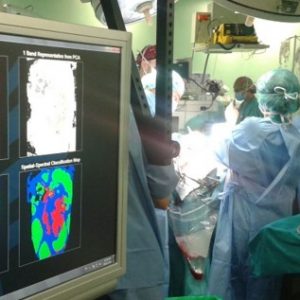Sustainability Assessment of Mobility Projects (STAR)
Brief description of the solution and the added value it delivers
Methodological tool in the form of a piece of software that produces a sustainability rating for mobility projects, plans and policies.
Description of the technological basis
The model is structured into three steps:
- The first step involves identifying and quantifying the criteria necessary to characterise sustainability in the context of the project or intervention to be assessed.
- The second step determines appropriate and logical weightings for each previously identified sustainability criterion. The weighting process, published by Bueno and Vassallo (2015), uses the REMBRANDT technique, a pairwise comparison method for determining the relative importance of different criteria, and also incorporates the opinions of decision-makers.
- The third step quantifies the sustainability performance of the alternatives in order to select the option with the best overall score.
The model is available as an R software package with a Shiny graphics output. It requires calibration for each specific case.
Business needs / application
Having a tool for assessing the sustainability of mobility solutions is important for the following reasons:
- Currently used assessment methods, such as cost-benefit analyses, do not adequately incorporate environmental and social impacts.
- To be awarded European funds, in particular through the NextGenerationEU recovery and resilience facility, it is necessary to assess the sustainability of the solutions requiring funding.
- Most sustainability assessment instruments are focused on specific kinds of infrastructure and cannot easily be extended to other mobility solutions.
Competitive advantages
The principal competitive advantages of this tool are as follows:
- It allows companies to accompany their innovative mobility solutions with an assessment demonstrating their sustainability.
- There is currently no flexible tool for assessing the sustainability of mobility projects.
- It makes it easier for companies to justify the environmental and social interest of the mobility solutions they are proposing.
Past performance references
- The mechanism was applied in a pilot project under the supervision of experts from the European Investment Bank (EIB), with the aim of assessing the sustainability impact of a road project in Spain. The pilot showed that the tool works correctly when it comes to prioritising alternatives.
- The methodology and tool were developed at UPM’s Transport Research Centre(TRANSyT) http://www.transyt.upm.es/, whose mission is to carry out research for more efficient, connected and sustainable mobility.
Stage of development
- Concept
- Research
- Lab prototype
- Industrial prototype
- Production




















